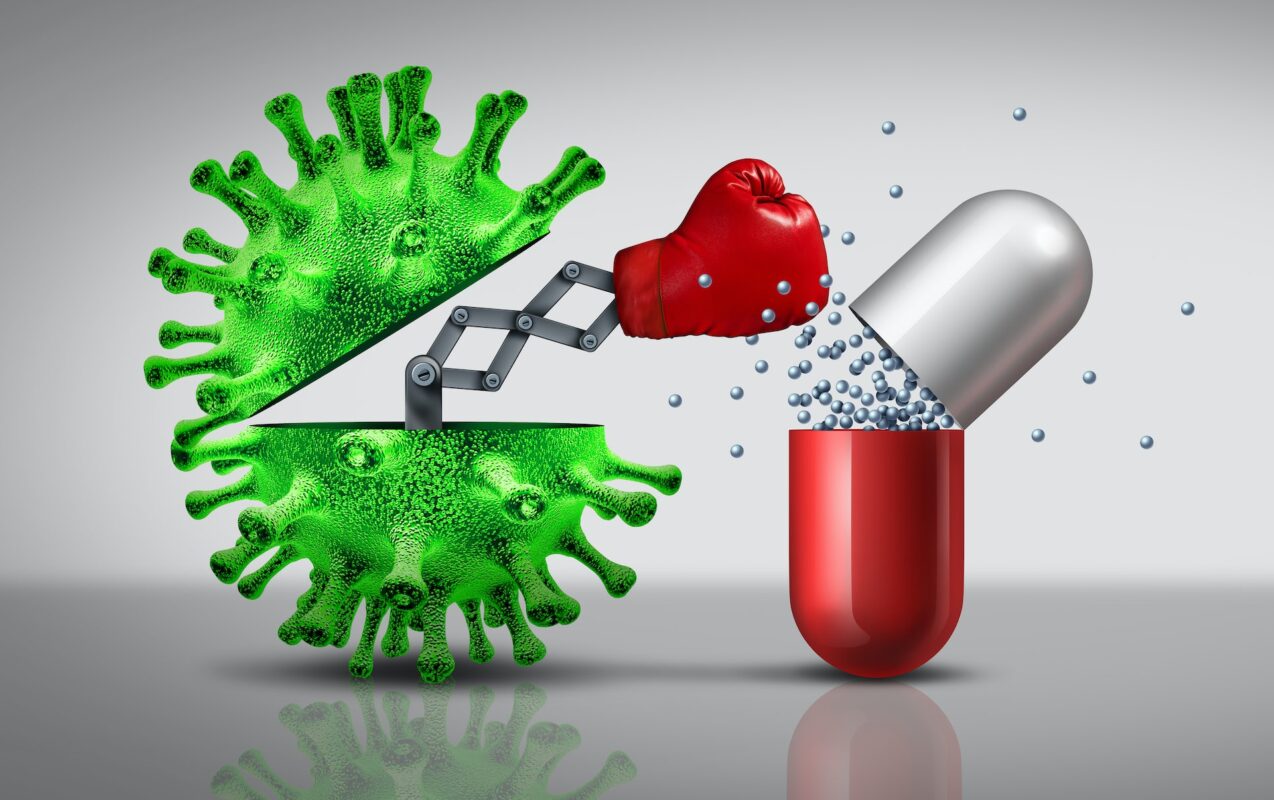Uncategorized
Combating antibiotic resistance: a looming public health threat

Antibiotics have revolutionized modern medicine, saving countless lives by effectively treating bacterial infections. However, the widespread and often inappropriate use of antibiotics has led to a pressing global health concern: antibiotic resistance. This phenomenon occurs when bacteria evolve and become resistant to the drugs designed to kill them. The rise of antibiotic resistance poses a significant threat to public health, highlighting the urgent need for comprehensive strategies to combat this growing problem.
Causes of antibiotic resistance:
- Overuse and misuse of antibiotics: One of the primary factors contributing to antibiotic resistance is the overuse and misuse of these drugs. Antibiotics are often prescribed for viral infections, which they cannot treat since they are only effective against bacteria. Furthermore, patients sometimes fail to complete their prescribed antibiotic courses, allowing bacteria to survive and develop resistance.
- Agricultural and livestock practices: The use of antibiotics in agriculture and livestock production is another major contributor to antibiotic resistance. Antibiotics are frequently administered to promote growth and prevent disease in animals, leading to the emergence of antibiotic-resistant bacteria. These resistant strains can then spread to humans through contaminated food, direct contact, or environmental exposure.
- Lack of new antibiotics: The development of new antibiotics has significantly declined in recent decades. Pharmaceutical companies face numerous challenges in bringing new antibiotics to market, including high costs, low profitability, and regulatory barriers. This limited pipeline of new drugs makes it difficult to combat emerging antibiotic-resistant infections effectively.
Strategies to combat antibiotic resistance:
- Antibiotic stewardship: Implementing antibiotic stewardship programs is crucial to promoting responsible antibiotic use. These programs focus on optimizing the use of antibiotics by healthcare providers, educating both clinicians and patients about appropriate antibiotic use, and monitoring antibiotic prescribing practices to reduce unnecessary prescriptions.
- Public awareness and education: Raising awareness among the general public about the risks and consequences of antibiotic resistance is essential. Education campaigns can emphasize the importance of completing prescribed antibiotic courses, the ineffectiveness of antibiotics against viral infections, and the need to consult healthcare professionals before taking antibiotics.
- Enhanced infection prevention and control: Strengthening infection prevention and control measures can help reduce the need for antibiotics. This includes implementing stringent hygiene practices in healthcare settings, promoting vaccination to prevent infections, and adopting measures to prevent the transmission of resistant bacteria between humans and animals.
- Research and development: Encouraging research and development efforts to discover new antibiotics is vital. Governments, academic institutions, and pharmaceutical companies should collaborate to incentivize the development of novel antimicrobial drugs. Additionally, investment in alternative therapies, such as phage therapy and immunotherapies, can provide alternative solutions to combat bacterial infections.
- International collaboration: Antibiotic resistance is a global issue that requires international collaboration. Governments, healthcare organizations, and regulatory bodies must work together to establish and enforce appropriate regulations and guidelines for antibiotic use. Sharing surveillance data and coordinating efforts to combat antibiotic resistance can help prevent the spread of resistant strains across borders.
Antibiotic resistance poses a significant threat to public health, jeopardizing our ability to treat common bacterial infections effectively. To combat this growing problem, it is essential to address the causes of antibiotic resistance through antibiotic stewardship, public awareness campaigns, enhanced infection prevention and control measures, increased research and development efforts, and international collaboration. By implementing these strategies, we can protect the efficacy of antibiotics, preserve their life-saving potential, and safeguard public health for generations to come.


